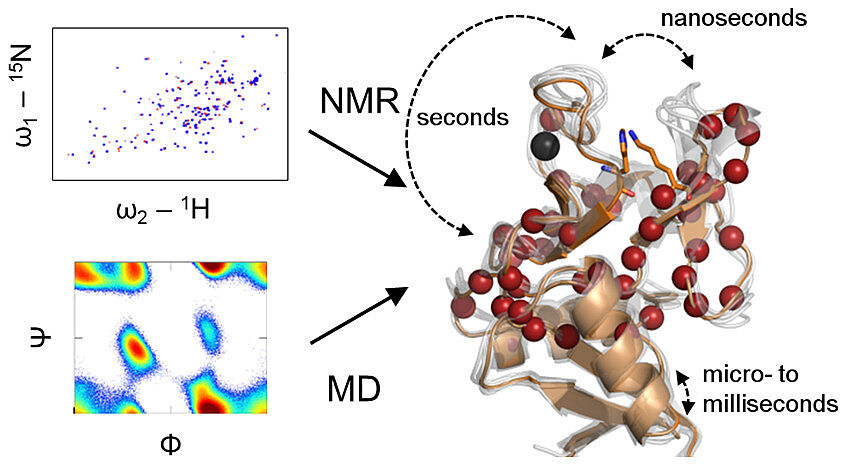Structure and Function of C-type Lectin Receptors
A network of communicating amino acids determines the Calcium ion affinity and pH sensitivity of human Langerin (Hanske et al., 2016)
We have focused on members of the C-type lectin family, which are expressed on cells of the innate immune system. These cell surface receptors promote pathogen recognition and, in some cases, also endocytosis. This recognition process is based on the interaction of the lectins with glycans found on the invading pathogen, often sufficient avidity is gained by homooligomerization of the receptor. On a molecular level, a central Ca2+ located in the carbohydrate binding site allows for the coordination of the glycan. Once endocytosed, this Ca2+ coordination can be perturbed by endosomal acidification and reduction of local Ca2+ concentration. While Ca2+ sequestering directly impairs carbohydrate recognition, pH-dependent loss of the receptor multimerization state results indirectly in cargo release in the endo-/lysosomal pathway. Taken together, C-type lectins harbor several molecular determinants in their overall architecture to promote pathogen binding, but also to enhance cargo release, rendering these receptors rather flexible on various time scales.
Further reading
Lefèbre, J., Falk, T., Ning, Y., Rademacher, C.
Secondary Sites of the C-type Lectin-Like Fold.
Chem. A Eur. J. 2024, 30, e202400660.
Joswig, J.-O.; Anders, J.; Zhang, H.; Rademacher, C.; Keller, B. G.
The Molecular Basis for the pH-Dependent Calcium Affinity of the Pattern Recognition Receptor Langerin.
J Biol Chem 2021, 100718.
Keller, B. G.; Rademacher, C.
Allostery in C-Type Lectins.
Curr Opin Struc Biol 2020, 62, 31–38.
Hanske, J.; Wawrzinek, R.; Geissner, A.; Wamhoff, E.; Sellrie, K.; Schmidt, H.; Seeberger, P. H.; Rademacher, C.
Calcium-Independent Activation of an Allosteric Network in Langerin by Heparin Oligosaccharides.
Chembiochem 2017, 18 (13), 1183–1187.
Hanske, J.; Aleksić, S.; Ballaschk, M.; Jurk, M.; Shanina, E.; Beerbaum, M.; Schmieder, P.; Keller, B. G.; Rademacher, C.
Intradomain Allosteric Network Modulates Calcium Affinity of the C‑Type Lectin Receptor Langerin.
J Am Chem Soc 2016, 138 (37), 12176–12186.

